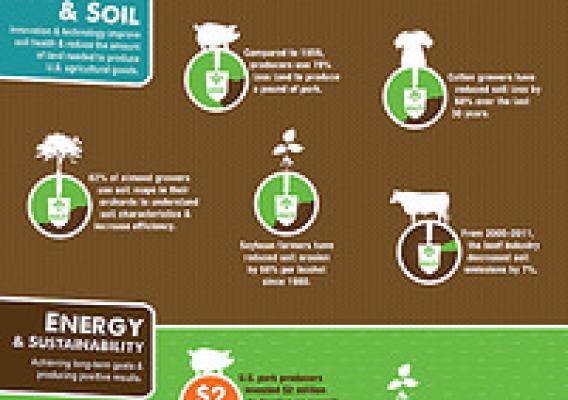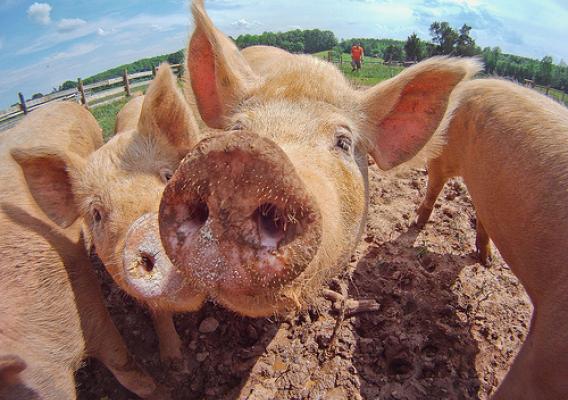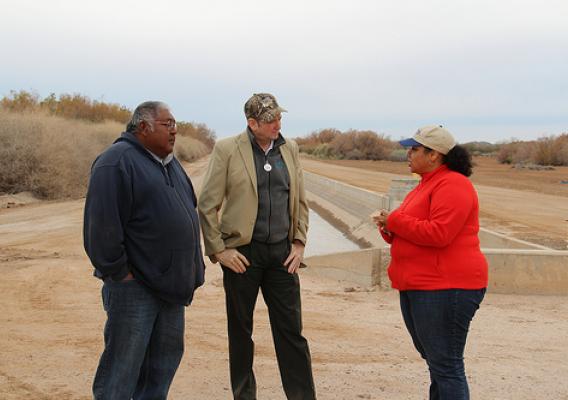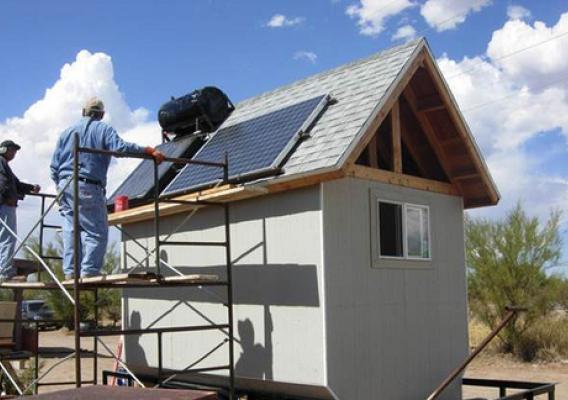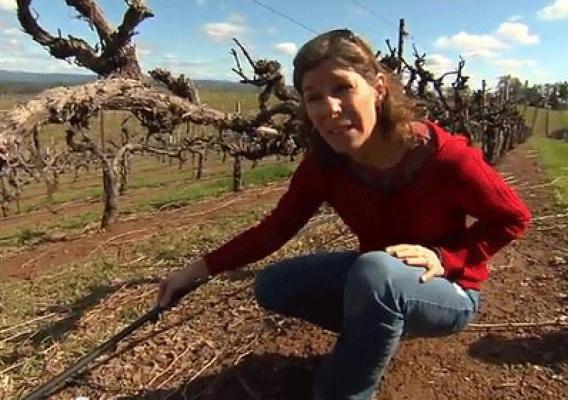Farmers have always been particularly attuned to the forces of nature – it’s in the job description, after all. When the regularity of growing seasons collides with the irregularity of extreme conditions like droughts, floods, windstorms, the American farming community is motivated to innovate and conserve.
For years, farmers have been leveraging the collective power of research and promotion programs to invest in research that improves on-farm practices through both innovation and conservation. Their efforts, with oversight from USDA’s Agricultural Marketing Service (AMS), has resulted in significant water and soil conservation, safeguarding our land for future generations.
Critical among these practices is smart irrigation. Almond growers in California have funded 71 irrigation projects over a 32-year period. Through these projects, growers have learned that micro-drip irrigation not only uses much less water than older methods, but also generates more vigorous plant growth. With the targeted distribution and uniformity, this increases crop production.




